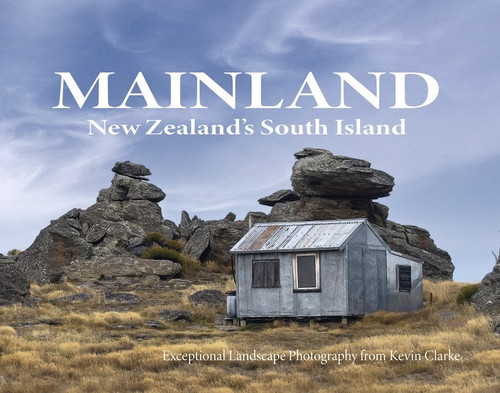2024 marks the 125th anniversary of the departure of the First New Zealand Mounted Rifle (NZMR) Contingent from Wellington on 21 October 1899. This was New Zealand’s first involvement in an overseas war.
The First South African War, 1880 to 1881, failed to resolve issues between the Boers and British. An uneasy peace existed until the Boer Republics of the Transvaal and Orange Free State declared war on Britain on 11 October 1899. The Boers had prepared for the war by re-arming over the preceding three years, and the British responded by mobilising their 1st Army Corps.
The Imperial Government requested support from the colonies, with New Zealand, Australia, Canada, Rhodesia and Natal responding. In 1899, New Zealand was a colony of Great Britain. Following the New Zealand Wars (1845 to 1872) the nation’s people had lived in relative harmony for 27 years. Premier Richard Seddon was determined to provide the first colonial contingent to join the war and, aided by an enthusiastic population of just 800,000, he succeeded. The First Contingent of New Zealand Mounted Rifles arrived in Cape Town on 23 November 1899. New Zealand would provide ten contingents comprising nearly 6,500 men and 8,000 horses; to fight in their first foreign war.
Phase one of the war did not go well for the British with four major early defeats. Field Marshal Lord Roberts arrived to take over command of British forces in January 1900, and he, along with massive reinforcements, turned the tide in Britain’s favour.
While the Ninth and Tenth Contingents arrived too late to be involved in operations, the earlier Contingents were engaged in extensive skirmishing as well as heavy fighting. Major battles involving the Contingents were: Slingersfontein, the relief of Kimberley, Paardeberg, Diamond Hill, Sanna’s Post, Barberton, Rhenosterkop and Langverwacht. The Contingents proved their skill and professionalism in the pursuit of de Wet’s commando at Kameelpoort Drift and de la Rey’s commando near Wildfontein. During the war, 228 men died: 59 men were KIA, 11 DOW, 133 died of disease. Twenty-five were killed accidentally – 16 in the Machavie railway accident.
The South African Tragedy gives the reader the historical context of the Second South African War and details the part New Zealand played in it. During their deployment in that war, the NZMR Contingents won high praise from senior officers such as Field Marshals Lord Roberts and Lord Kitchener. The battles described in this book show the professionalism and courage of New Zealand’s Mounted Rifles as they patrolled and fought in a hostile land chasing a wily, courageous and aggressive Boer enemy. These men answered their government’s call and did their nation proud.
New Zealand’s Role in The South African Tragedy 1899-1902
$86.00
- SKU:
- 9780994132376
- Shipping:
- Calculated at Checkout
- Author:
- Tony Howell
- Released:
- October 2024
- Format:
- Hardback






